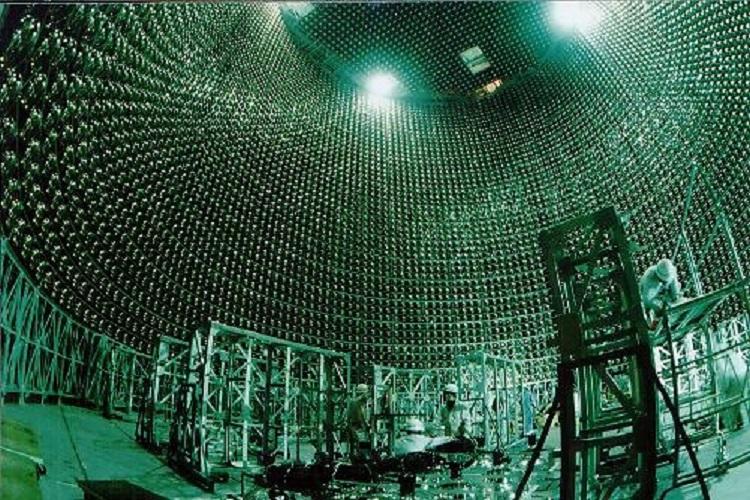T.N. Neutrino Observatory-Recent Developments
Tamil Nadu has told the Supreme Court that it does not want the Indian Neutrino Observatory (INO) to be built in a vulnerable ecological zone in the Western Ghats, at the cost of wildlife and biodiversity, along with local opposition and public outcry against the project.
Why is the state opposing the implementation of the project?
The proposal for the observatory, according to the Tamil Nadu government, would create permanent damage to the Western Ghats.
In June 2021, the Chief Minister met with the Prime Minister and requested that the project not be implemented. In September 2021 a delegation led by Member of Parliament T.R. Balu met with the Ministers of Industries and Forests to communicate the State’s opposition to the proposal.
According to the State, this corridor connects the Periyar Tiger Reserve on the Kerala-Tamil Nadu border and the Mathikettan Shola National Park.
The project area also has ecological ties to the Srivilliputhur Meghamalai Tiger Reserve, which is located in the eastern habitats. It is home to tigers from the area, which assists in a genetic spread. The tiger’s movement would be affected by even the smallest disturbance. The area is also a significant watershed and catchment zone for the rivers Sambhal and Kottakudi.
Though the experiments in the observatory would be done a kilometer underground excavations, transporting, and tunneling would jeopardize the zone’s ecology.
So, going through with the implementation of the project will cause harm to this area.
About Neutrino Observatory
The India Neutrino Observatory (INO) is a particle physics research project being constructed in Theni, Tamil Nadu, to study atmospheric neutrinos. This project is noteworthy because it is expected to give exact measurements of neutrino mixing parameters. The project has a multi-institutional partnership and is one of India’s most significant experimental particle physics programmes.
If and when this project will be completed, the world’s largest magnet will be used in the magnetized iron calorimeter experiment, which will be four times larger than the 12,500-tonne magnet used in the Compact Muon Solenoid detector at CERN in Geneva, Switzerland.
Month: Current Affairs - February, 2022
Category: India Nation & States Current Affairs • Science & Technology Current Affairs


